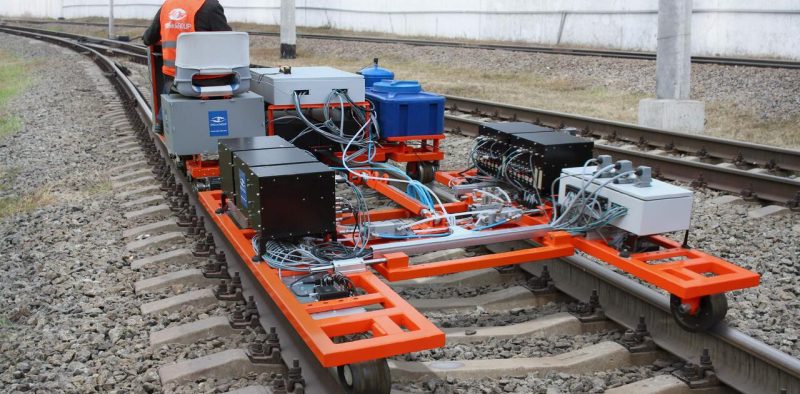Finding real world solutions.
We develop creative, comprehensive, and sustainable engineering solutions for a future where society can thrive.
- Home
- Services
Railways NDT Service
When you need experience, we have it covered.
Non-Destructive Testing (NDT) is also widely used in the railway industry to ensure the safety, reliability, and integrity of railway components and infrastructure. Similar to its application in the aerospace industry, various NDT methods are employed for inspecting rails, wheels, axles, and other critical railway components. Here are some common NDT techniques used in the railway sector:
1. Ultrasonic Testing (UT): UT is extensively used to inspect rails for internal defects such as cracks and inclusions. It can also be employed for examining wheel axles and other critical components. Automated ultrasonic testing systems are often used for efficient and accurate inspections.
2. Eddy Current Testing (ECT): ECT is employed to detect surface and near-surface defects in conductive materials, making it suitable for inspecting rails and wheel surfaces. It is effective for detecting cracks, corrosion, and other anomalies.
3. Magnetic Particle Testing (MPT): MPT is used for the detection of surface and near-surface defects in ferromagnetic materials. It is commonly applied to inspect components like axles and other steel parts for cracks.
4. Radiographic Testing (RT): Similar to aerospace applications, RT can be used in the railway industry to inspect the internal structure of components. It is particularly useful for examining welds in rail tracks.
5. Visual Inspection: Visual inspection remains a fundamental part of NDT in railways. Inspectors visually examine various components, including tracks, wheels, and axles, for visible signs of wear, damage, or corrosion.
6. Acoustic Emission Testing (AET): AET can be used for the continuous monitoring of rail components. It detects and analyzes acoustic signals emitted by the growth of defects, helping to identify potential issues before they become critical.
7. Infrared Thermography: This technique is utilized to identify anomalies in the thermal profile of components. It can be applied for detecting issues such as overheating in bearings or electrical connections.
8. Penetrant Testing: Liquid penetrant testing is used to detect surface defects on various railway components. It involves applying a liquid penetrant to the surface, followed by the application of a developer to make any defects visible.
NDT in the railway industry is crucial for maintaining the safety and reliability of the rail infrastructure, preventing accidents, and ensuring the efficient operation of trains. Regular inspections using NDT methods help identify defects early, allowing for timely maintenance and repair.





